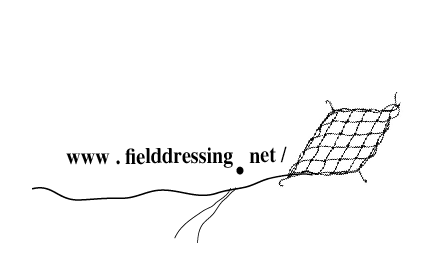Common Ironweed (ON HOLD)
Common Ironweed (ON HOLD)
Common Ironweed (Vernonia fasciculata) is a enormously tall and virulent wildflower with clusters of brilliant deep purple flowers that you can enjoy late into the fall. Ironweed is prefers rich acidic soil with planty of moisture and drainage. It is commonly found around creekbeds in forest clearings and has beautiful forms in the winter and attracts many pollinators.
AT A GLANCE
Common Ironweed (Vernonia fasciculata)
CONDITIONS
Ironweed grows to its full height of 6 feet or more in rich moist soils and tolerates partial shade to full sun. It is often found in rich and slightly acidic creekbeds.
BENEFITS
Ironweed is a fabulous border plant as it grows to 6 feet and covers ground once established. Ironweed is a favorite of many bees and butterflies including the American Painted Lady Butterfly. The brilliant blooms last later than most flowers and can be enjoyed into October. In winter the forms are attractive and sculptural.
CARE
You will receive a plant with several sets of leaves and stalks and root system of approximately 8 inches. Plant with space of 2-3 feet apart in full sun to partial sun and water upon planting and in following weeks water frequently if its not raining. You may use some organic matter or compost to amend soil. Ironweed tolerates boggy conditions so long as sun is plenty.
Perennial plants typically spend the first year of growth establishing their root system and storing up energy. Blooming plants the first year can occasionally happen for some species, but it is more the exception than the rule. Most often during the first year you will just see vegetative growth. and see flowering in later years. Deadhead flowers to reduce self-seeding and to encourage more flowers.
This plant pairs well with wingstem, mistflower, scarlet beebalm, swamp rose, and swamp milkweed.






